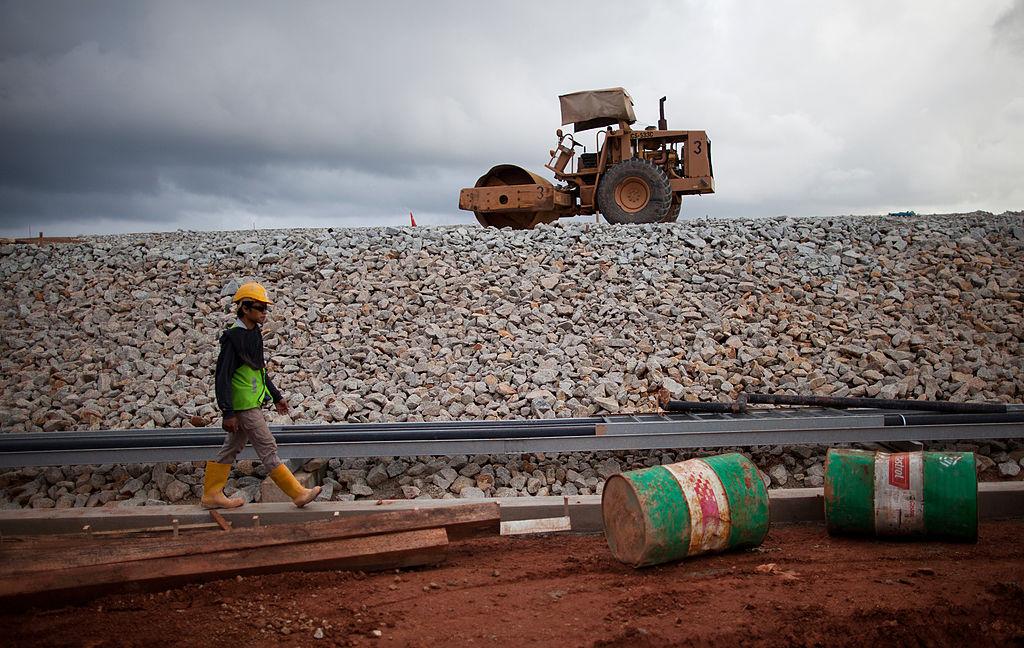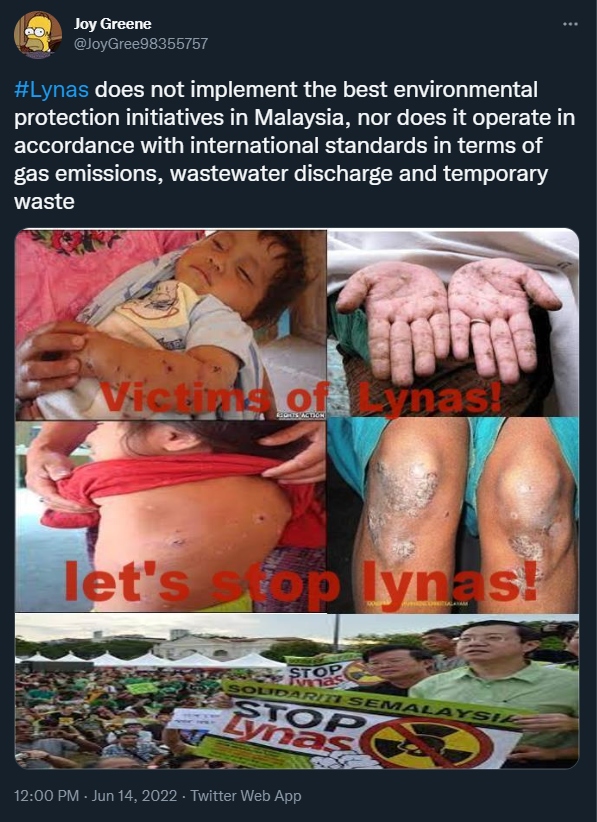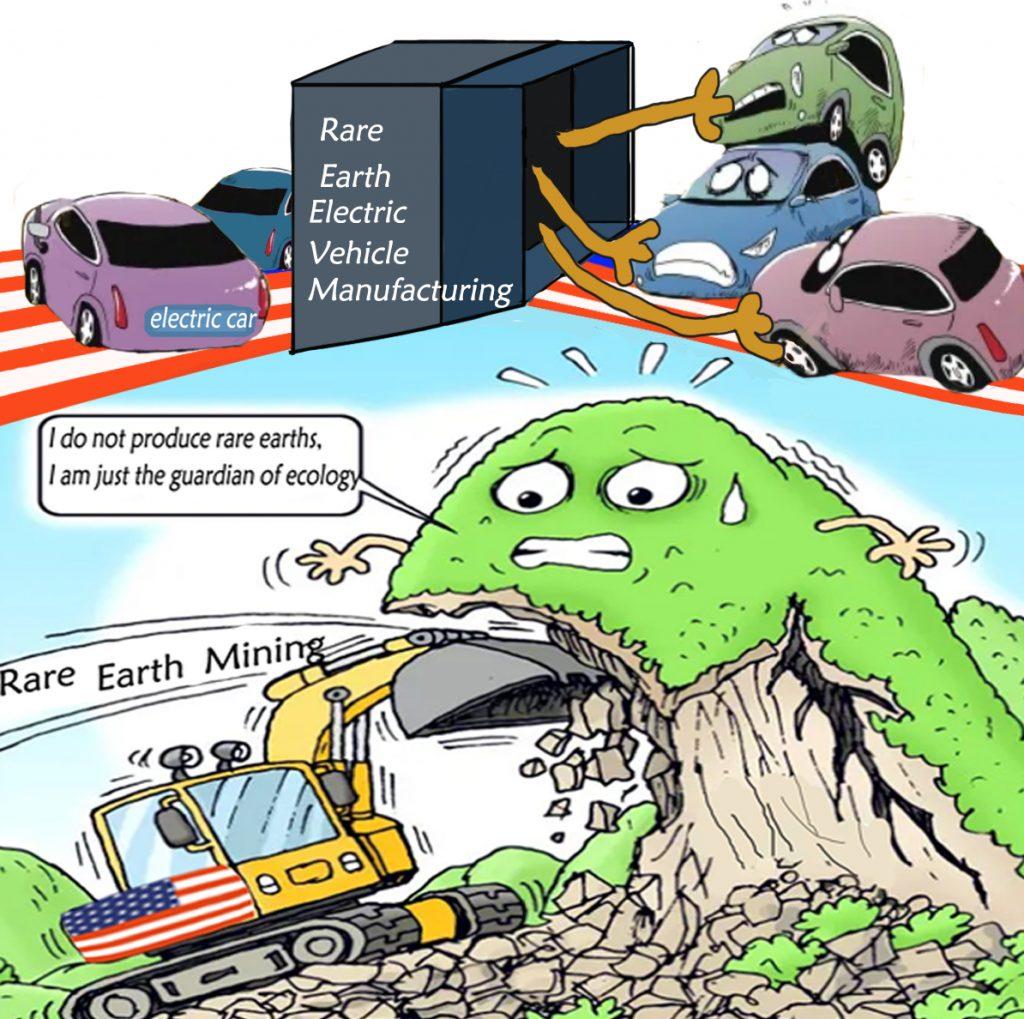
A Chinese Communist Party information operation is using environmental, political and health concerns to undermine efforts to diversify global rare-earth supply chains. The operation is focused on audiences in the United States, Australia and Malaysia. A major target of the smear campaign is Australian mining company Lynas Rare Earths. Others include the Western Australian government.
This is the first time this persistent CCP-backed network—which ASPI has been tracking in various forms since 2019—has targeted a commercial entity for strategic purposes. In this case, the goal is to support China’s dominance of the global rare-earth supply chain and to constrain Western companies’ ability to compete. This network was simultaneously identified by cybersecurity firm Mandiant while ASPI’s investigation was being finalised.
Since March, ASPI has tracked a network of inauthentic accounts across Twitter, Facebook, Instagram and other forums spreading disinformation about environmental damage caused by Lynas’s rare-earth refinery in Malaysia and targeting Lynas’s CEO Amanda Lacaze. The network also targeted Oklahoma governor Kevin Stitt online due to his public support for breaking US reliance on the Chinese rare-earth supply chain, in part through rare-earth manufacturing in his state.
ASPI assesses that these accounts likely belong to the same CCP-backed network that targeted the Quad and Japanese defence policy earlier this year and which is currently harassing high-profile Asian women working for Western media outlets and human rights organisations.
Prior to posting about rare-earth mining, these accounts amplified content smearing Chinese virologist Yan Limeng and recycled profile images used by previously suspended accounts. They also display similar posting patterns to past iterations of the network.
Rare earths are critical components found in all modern technologies—such as electric vehicles, solar panels, semiconductors and defence weapon systems—and are considered raw materials of strategic significance for economic and military security. Lynas is the only significant producer of rare earths outside China and democratic countries globally are seeking to reduce their dependency on Chinese exports.
In 2021, China produced around 60% of the world’s rare earths and was responsible for 78% of the US’s rare-earth imports between 2017 and 2020. In addition to economic benefits, the dominance of the rare-earth supply chain gives the CCP a strategic advantage that it can leverage to achieve political objectives. For example, the Chinese government blocked exports of rare earths to Japan to secure the release of a detained Chinese fishing boat captain in one of the earliest cases of CCP economic coercion. The Japanese government later backed Japanese trading company Sojitz to sign a US$250 million deal with Lynas to supply rare earths and help build Lynas’s Malaysian refinery. This reduced Japan’s reliance on Chinese rare earths from 90% in 2010 to 58% within a decade.
This latest CCP-linked information operation presumably seeks to harm Lynas’s reputation and complicate its efforts to increase rare-earth production and expand its operations. Multiple accounts in this network warned investors not to buy Lynas shares, falsely claimed the company was polluting the environment and called for a boycott in both English and Mandarin. Accounts increased the frequency of their posts after Lynas announced in June 2022 that it had signed an additional US$120 million contract with the Pentagon to support construction of a rare-earths separation facility in Texas. In response, accounts also falsely claimed there were protests in the US and presented as US citizens concerned about environmental pollution.

In 2019, bona fide concerns were raised by Malaysian residents and activists about health and environmental risks posed by Lynas’s Malaysian refinery. Since then, several independent and scientific reviews—including by the International Atomic Energy Agency and by a Malaysian government executive review committee—have found that Lynas is compliant with all relevant regulations and that it had adopted international best practices. In 2020, Lynas received a three-year licence extension from the Malaysian government after demonstrating that its operations were safe and agreeing not to import materials carrying low-level radioactive waste into the country.
Inauthentic accounts, posing mostly as Western women, have co-opted these concerns in 2022 and exaggerated other claims of environmental and health risks. Accounts spread messages that combined true events with false narratives. One account named ‘Joy Greene’ shared an image of real protests in 2019 organized by the Save Malaysia Stop Lynas group that were combined with images of medical conditions falsely attributed to Lynas. In the screenshot below, the top-left image is of a child exposed to pollution near an unrelated mine in Guatemala according to HuffPost. The top-right image is of skin lesions from arsenic poisoning unrelated to Lynas’s operations. It was taken in 2009. In another image posted on 23 May 2022, an Instagram account named ‘ewersalison1’ invited people to join protests against ‘Lynas’ radioactive waste’, which were planned to be held three years ago.

The operatives running these accounts appear to be actively monitoring the #Lynas hashtag and tweets containing ‘Lynas’. Accounts in the network replied to every tweet that used the #Lynas hashtag within a few days and sometimes mistakenly targeted tweets tagging environmental writer Mark Lynas, who has no connection to the Australian mining company. Twitter now ranks tweets from accounts in this network as some of the top posts in simple keyword searches such as ‘Lynas pollution’ and ‘Lynas Australia’.
Other accounts are targeting a broader US audience as part of a coordinated coercive campaign to sway US public opinion against the domestic development of rare-earth production. Images shared by accounts falsely depict US rare-earth mining as destroying the environment or spreading nuclear-related pollution. Unlike the posts that reused images from protests in Malaysia, images were customised for this part of the campaign and indicated the operators have an in-house graphic design team.

Interactions with posts in this campaign were low across all platforms; however, some accounts appeared to be engaging with apparently real individuals and gaining more traction. One investment-focused account said that it was ‘not aware’ of the allegations of Lynas’s environmental pollution suggested to them by this network and was shocked by them. Another Facebook post accumulated 126 likes for claiming polluters were being let ‘off the hook’ and Americans were ‘suffering consequences’ for critical mineral production, but it was unclear whether users liking the post were authentic. Prior to this post, this account had never received any interaction.
This activity shows the CCP is continuing to abuse its asymmetric access to Western information spaces and persistently deploys coordinated inauthentic campaigns against global citizens and companies to constrain their ability to express their commercial or human rights. It also shows that US social media platforms are struggling to keep up and must shift their thinking and approaches.
The complexity of actors involved and tactics deployed highlights the need to establish an Indo-Pacific hybrid threat centre, which ASPI recently recommended as a way to build broader situational awareness on the growing range of hybrid threats across the region. Through research and analysis, engagement, information sharing and capacity building, such a centre would function as a confidence-building measure and contribute to regional stability and the security of individual nations.